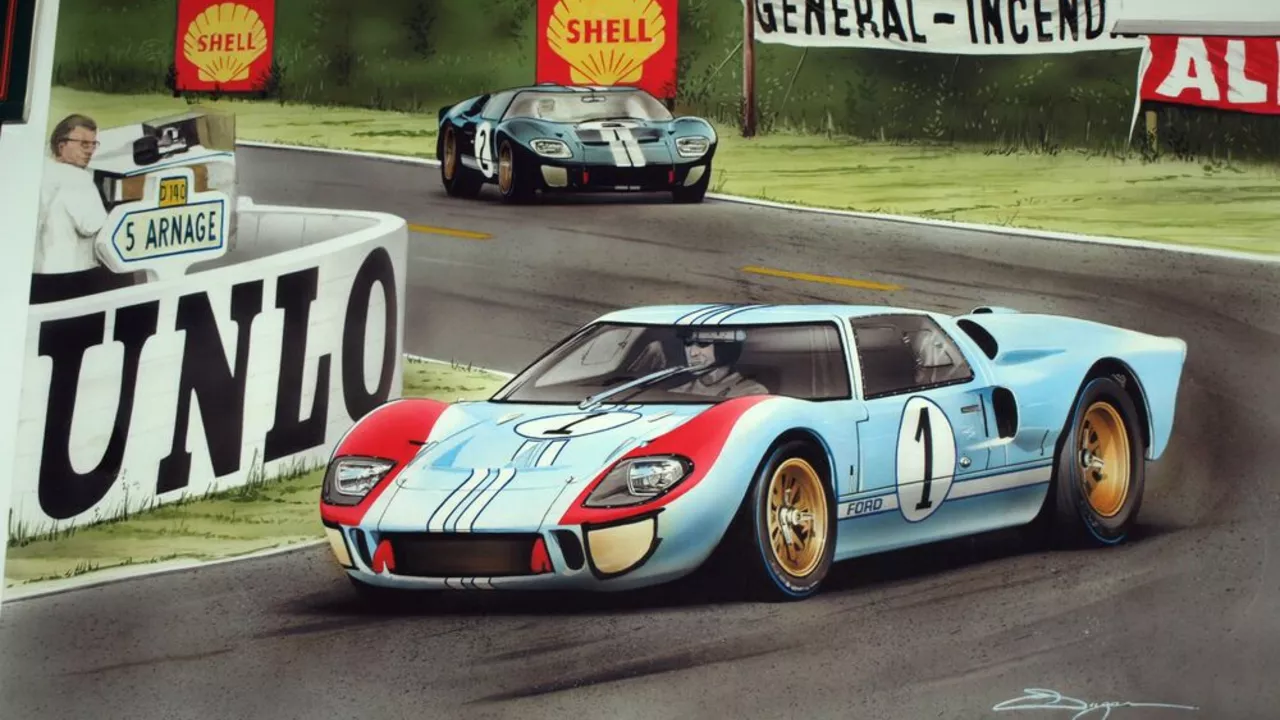Despite his remarkable talent and contribution to the world of racing, Ken Miles did not win Le Mans in real life. Even though he crossed the finish line first in the 1966 Le Mans, he was not declared the winner due to a technicality. Miles was leading the race, but Ford made a decision to arrange a tie between the three leading Ford cars, which played against Miles. The victory was given to Bruce McLaren, who technically started from behind Miles, hence covering a slightly longer distance. This controversial decision denied Miles the recognition he deserved.
Real Life Motorsports: Everyday Stories, Questions & Answers
When the roar of engines fades, the real‑life side of racing takes over. Fans ask about gear shifts, safety, electric futures, and even the definition of drag racing. This tag gathers those everyday conversations and gives you clear, no‑fluff answers.
What fans are asking
One hot topic is whether a manual transmission gives an edge. The short answer: it can. Manual cars let drivers choose the exact moment to shift, keeping the engine in its power band. That control can shave tenths of a second on a lap, which matters in a close race.
Another debate is the legitimacy of drag racing. Yes, it’s racing. The format is a straight‑line sprint, but the skills—reaction time, launch control, and raw power—match any circuit event. If you’ve ever watched a 0‑60 run, you already know the adrenaline is real.
People also wonder how many formula series exist. Besides the headline‑grabbing Formula 1, there’s Formula 2, 3, 4, E, and regional series like Formula Renault. Each step prepares drivers for the next level, creating a ladder that’s easy to follow.
Looking ahead, the future of auto racing without gasoline sparks vivid speculation. Electric race cars already hit 200 mph in Formula E, and battery tech keeps improving. While the classic engine scream may fade, the excitement of instant torque and sustainability will fill the gap.
Safety is never optional. Recent discussions suggest stronger chassis, smarter track barriers, and more on‑site medical teams. New tech like AI‑driven crash detection could alert crews in milliseconds, cutting injury risk dramatically.
How real life shapes the track
Lap timing isn’t just a number; it’s a story of precision. Modern systems use transponders on the car and sensors at the start‑finish line to record each pass down to the thousandth of a second. Drivers watch these times live, tweaking lines and brake points in real time.
Even MotoGP riders rely on body positioning over handlebar turning. By leaning the bike, they keep the front wheel stable and maintain grip. This technique shows how physics and rider skill merge in real‑world racing.
Every question on this page reflects a slice of motorsport life that fans live with daily. Whether you’re a gear‑shift junkie, a safety advocate, or an electric‑racing enthusiast, the real‑life tag gives you the info you need without the jargon.
Got another burning question? Keep an eye on the tag and join the conversation. Real life racing isn’t just on the track—it’s in the debates, the innovations, and the fans who keep the sport moving forward.
